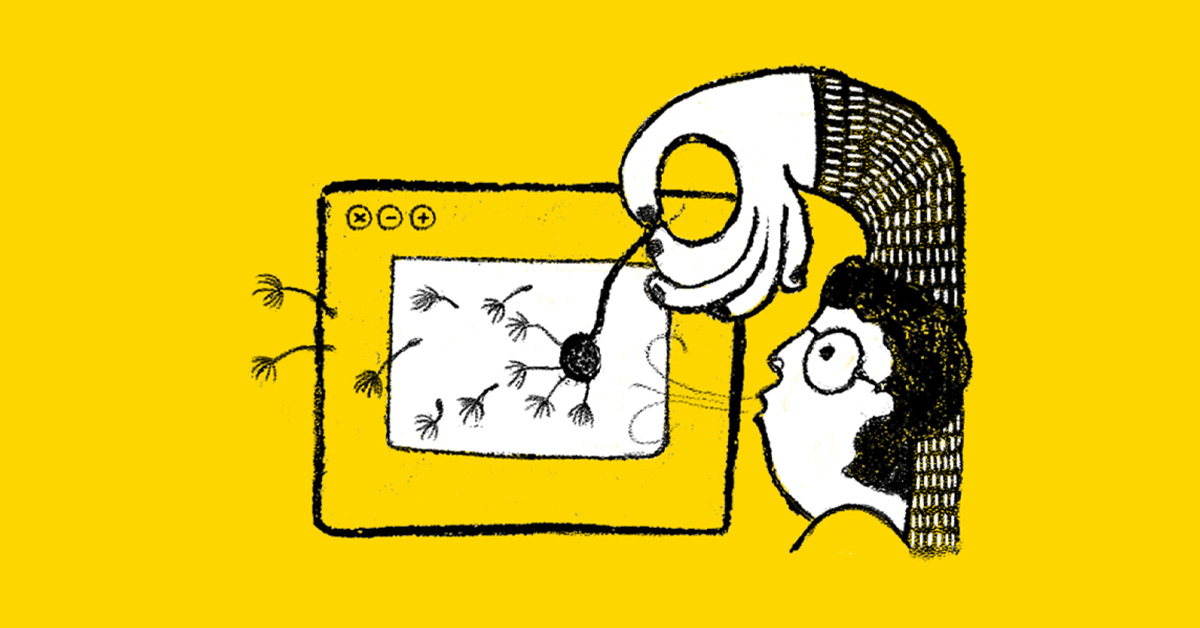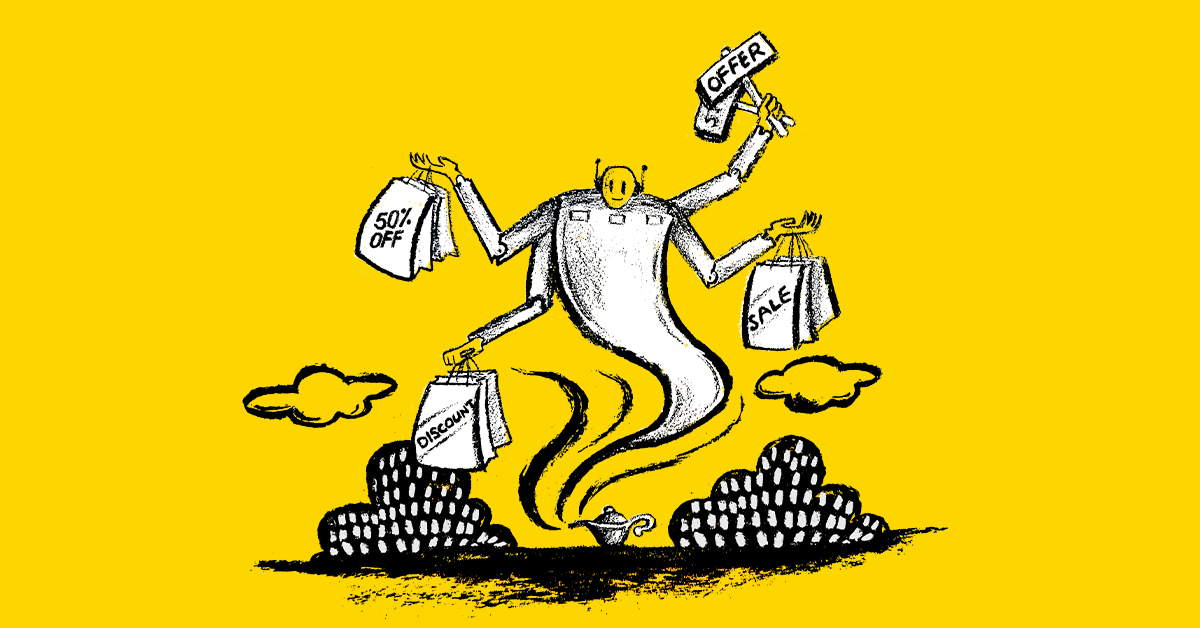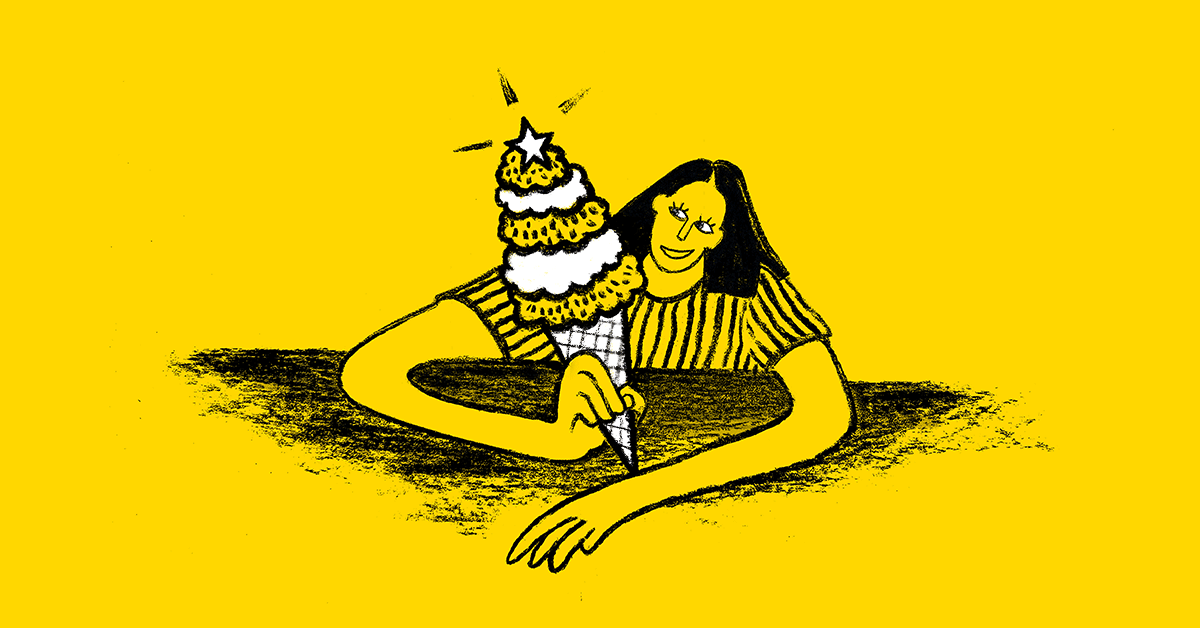“Timeless branding” is the biggest lie in marketing.
Brands love to believe they have cracked the code to stay relevant forever. They think their logo, design, and carefully crafted brand storytelling will stand the test of time.
But here’s the harsh reality: Most brands chasing “timelessness” have locked themselves into expired design trends, outdated storytelling methods, and a digital playbook that hasn’t evolved since 2015. They don’t see it, though. To them, their brand still looks fresh and modern, still speaks to their audience, and still works.
Except it doesn’t.
The Illusion of Timelessness
Most brands don’t set out to become outdated. They believe they’re building something “timeless”: an identity so refined, so universal, that it never needs to change. But here’s the catch: timeless branding doesn’t mean never evolving. It means knowing how to adapt without losing your essence. And that’s where most companies get it wrong.
Instead of being truly timeless, they freeze themselves in time and lock into branding trends and evergreen aesthetics that felt innovative when they were last updated but now feel painfully dated.
However, it’s easy to see why brands fall into this illusion of timelessness. When branding trends shift slowly, and when something worked a decade ago, it’s tempting to believe it will work forever. But today’s world moves too fast for that. In an era defined by rapid technological change and shifting consumer expectations, even the most revered timeless brands must evolve or risk becoming irrelevant.
Visual Stagnation in Brand Designs
In the early 2010s, generic sans-serif fonts, muted colour palettes, and ultra-minimalist branding trends surged as brands opted for a safe route to appear modern, trustworthy, and easily adaptable across digital platforms. However, this “safe” brand design approach has given rise to a movement towards blanding, where it becomes difficult for consumers to differentiate between brands, leading to a diluted brand identity and visual stagnation (see the image).
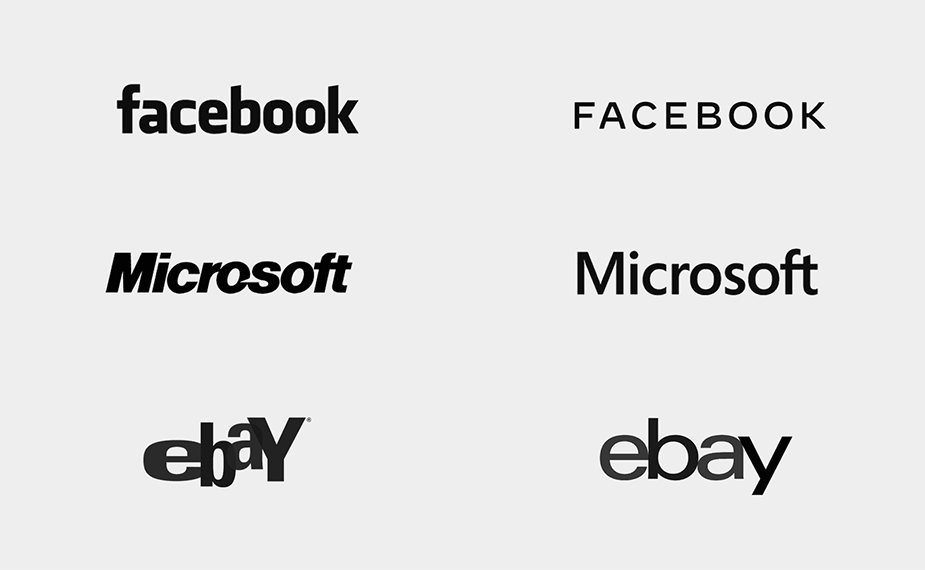
Meanwhile, brands that have successfully embraced bold typography, layered textures, dynamic colours, or even a return to more expressive brand design (think Burger King’s retro revival for a bold branding refresh with its new logo) prove that timeless branding doesn’t mean resistance to change.
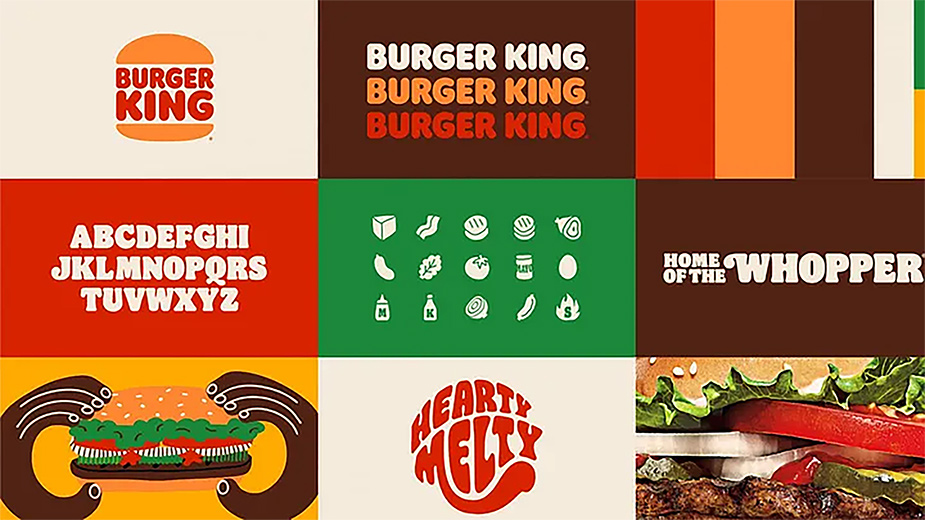
The Messaging Fatigue in Brand Storytelling
If a brand’s storytelling sounds like it was pulled from a 2015 marketing playbook, there’s a problem. The era of “inspiring” but vague mission statements and over-polished brand voices is over. Consumers can smell scripted, corporate messaging from a mile away.
As Sam Thomson, UK Brand and Values Director at The Body Shop, says, “Brand fatigue exists, especially when brands just copy and paste the above-the-line marketing campaign into the social sphere and expect it to resonate.” And that’s exactly what’s happening.
Take a scroll through brand websites today, and you’ll see a pattern:
- “We exist to empower…”
- “We believe in pushing boundaries…”
- “We’re redefining…”
It’s all the same.
The brands that actually break through today? They have a clear, authentic, and sometimes even imperfect voice. Take Liquid Death. Its irreverent, brutally honest branding has cut through the noise in an industry drowning in generic “refreshing” messaging.
Or look at Patagonia: a brand that has remained relevant not by sticking to generic purpose-driven messaging, but by taking bold, raw, behind-the-scenes brand storytelling. Compare that to brands still leaning on vague mission statements that say everything and nothing at the same time.
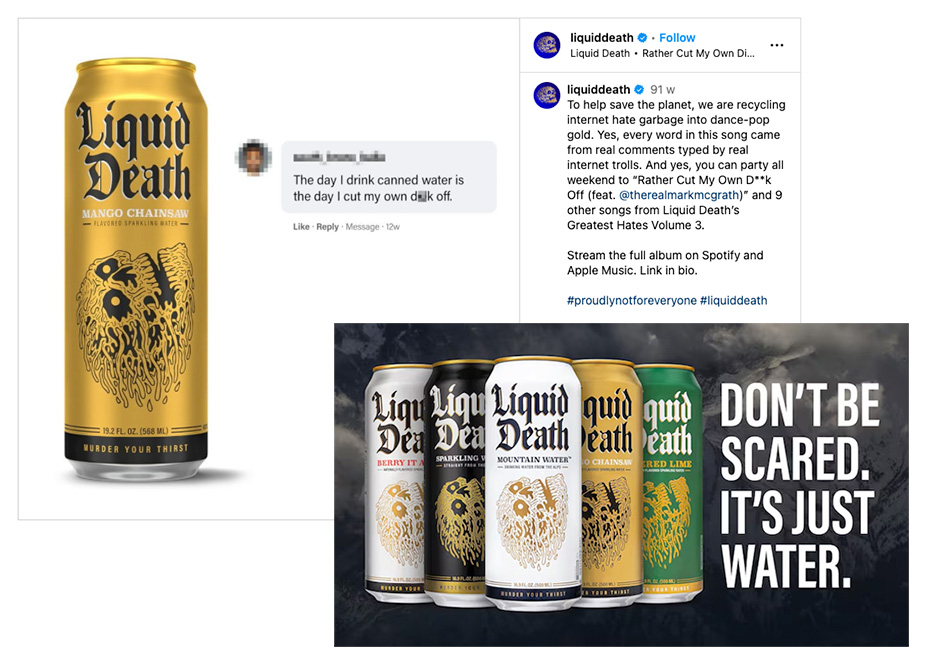

Evolve or Expire
The so-called “timeless branding” lie is that staying evergreen means staying the same. In reality, if you’re not continuously evolving your aesthetic and messaging, you risk being left behind in a fast-moving world. In a landscape where technology advances by the second, your brand’s visuals and narrative should be as dynamic as the innovations you promote.
After all, timeless branding isn’t about staying the same—it’s about knowing when to evolve.








